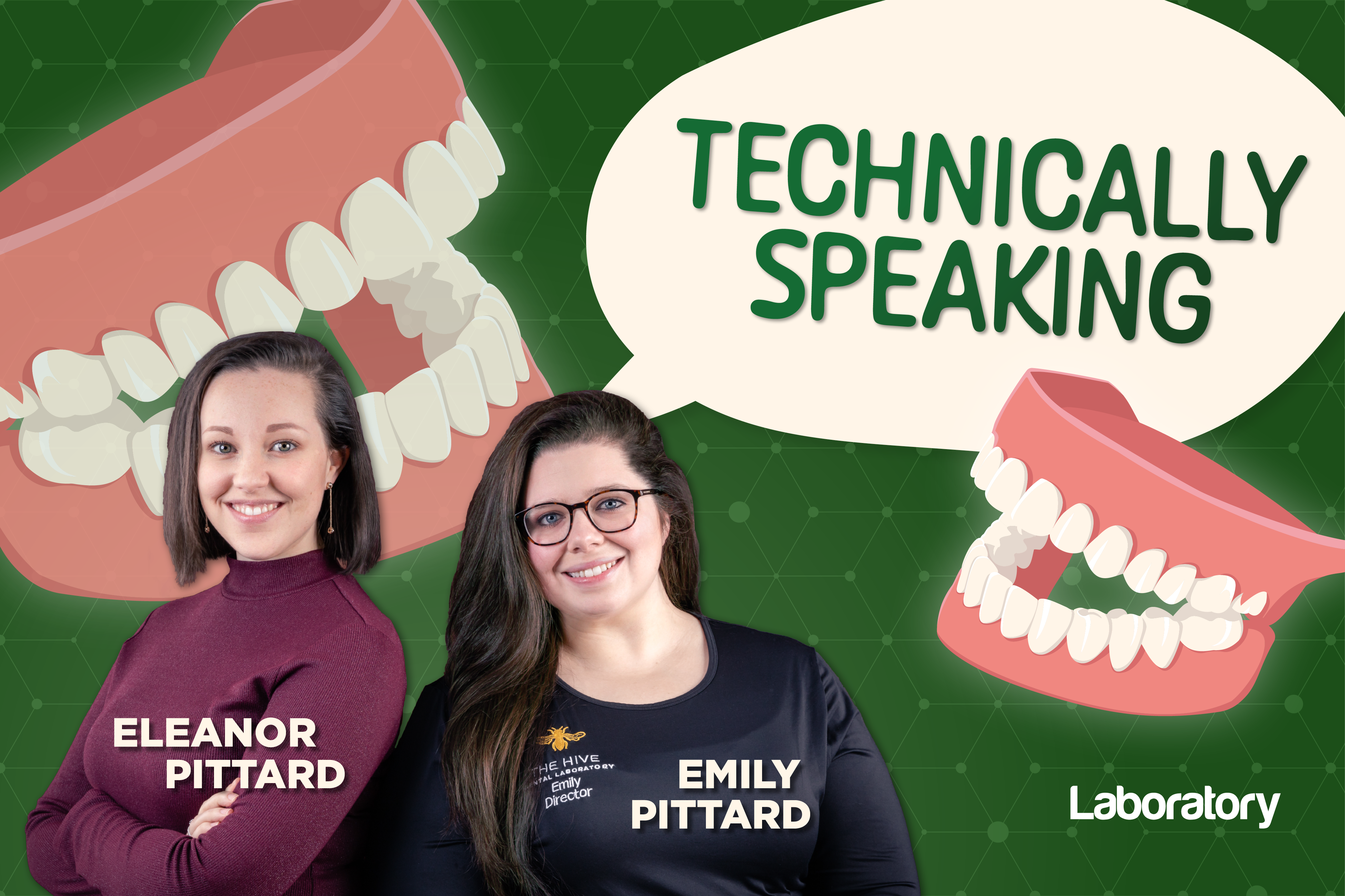
Emily and Eleanor Pittard demystify what an SOP is, why they are so important for dental labs and how to create an effective one.
Standard operating procedures (SOPs) are essential documents that outline step-by-step instructions for carrying out routine tasks and activities in a dental laboratory. They serve as a guide to ensure consistency, quality and compliance with regulations.
The purpose of this article is to explore what an SOP is, why they are important, relevant regulations and how to create a robust SOP for a dental laboratory in the UK.
What is an SOP and why is it important?
An SOP is a detailed, written instruction manual that provides clear guidance on performing specific tasks, procedures or processes in a consistent and standardised manner. In a dental laboratory, SOPs are crucial for maintaining quality control, onboarding new team members, ensuring patient safety, and complying with regulatory requirements.
Importance of SOPs:
- Ensures consistency and standardisation in laboratory operations
- Helps in training new staff and maintaining continuity in procedures
- Enhances quality control and minimises errors
- Ensures compliance with regulatory standards and guidelines.
So when we say ‘regulations’ we tend to cover a rather broad sweep of the law; we are not as yet covered by the CQC, but we do need to comply with a variety of other standards. The following are the main ones to be aware of and we would strongly recommend that you familiarise yourself with all of them if you are a business owner or manager.
Medical devices regulations
Dental prosthetics and appliances are considered medical devices, and their manufacture is regulated under the medical devices regulations. Compliance with these regulations ensures the safety and efficacy of dental products.
Health and safety regulations
Dental laboratories must comply with health and safety regulations to ensure the wellbeing of staff and patients. This includes regulations related to hazardous substances, personal protective equipment (PPE) and workplace safety.
Data protection regulations
Dental laboratories must comply with data protection regulations, such as the General Data Protection Regulation (GDPR), when handling patient data and personal information.
Basic outline for a good quality SOP
- Title and purpose: Clearly state the title of the SOP and its purpose, providing an overview of the procedure. This doesn’t need to be anymore than one or two sentences
- Scope: Define the scope of the SOP, including the specific tasks or processes it covers and any limitations. This might include what equipment or resources are involved, locations, environments and a time frame, amongst other things
- Responsibilities: Identify the roles and responsibilities of individuals involved in carrying out the procedure, including staff members and supervisors
- Procedure: Provide detailed step-by-step instructions for carrying out the procedure, including equipment and materials needed, safety precautions and any specific protocols to follow. Some things may seem obvious, but assume they are not and write them down
- Documentation: Specify any documentation or records to be completed as part of the procedure, including forms, logs or reports and where they can be found (including historical records)
- Training requirements: Outline any training or qualifications required for individuals performing the procedure, as well as any ongoing training requirements
- References: Include references to relevant documents, standards, regulations, or guidelines that support the SOP.
What would make a bad SOP?
There are a few things to try and avoid when writing an SOP – the first of which is a lack of clarity. Making unclear or ambiguous instructions that lead to confusion or errors defeats the point of the SOP, so refrain from using unnecessary or over the top language, acronyms or slang words.
Incomplete information, like missing steps or details that are necessary for carrying out the procedure is also unhelpful. Even if a step seems really obvious like ‘turn the machine on’, you still need to write it.
Outdated information, where a law has changed or you’ve upgraded machinery for example, is also unhelpful. Imagine you are just joining a company and no-one there has time to sit and guide you through each process step-by-step. You need something that they can read and it will give them everything they need to know to become a fully functioning member of your team.
Make sure you take note of the compliance and align the SOPs with regulatory requirements or industry standards – do not make them too lengthy or complex. There is a fine line between writing everything down and producing War and Peace. Write simple step-by-step guidelines for each procedure, and if one procedure leads to another, you reference the next one, don’t write it out again.
Conclusion
Hopefully that has demystified standard operating procedures a little bit and helped to explain how to create a robust and effective SOP.
They may take a while to do when you are putting them into place to begin with but they will be worth their weight in gold once they are in place!
Catch up with the previous Technically Speaking columns:
- Business planning for success
- Navigating MHRA registration: a crucial step towards compliance
- A guide to safeguarding in a dental laboratory
- How to navigate the UK dental market
- What the lab industry can learn from clinics – and vice versa
Follow Dentistry.co.uk on Instagram to keep up with all the latest dental news and trends.


